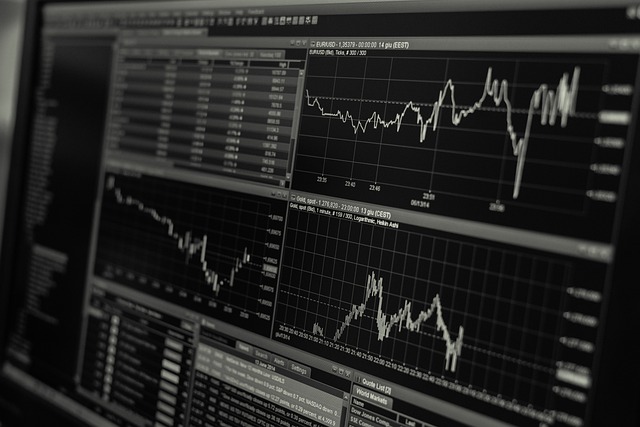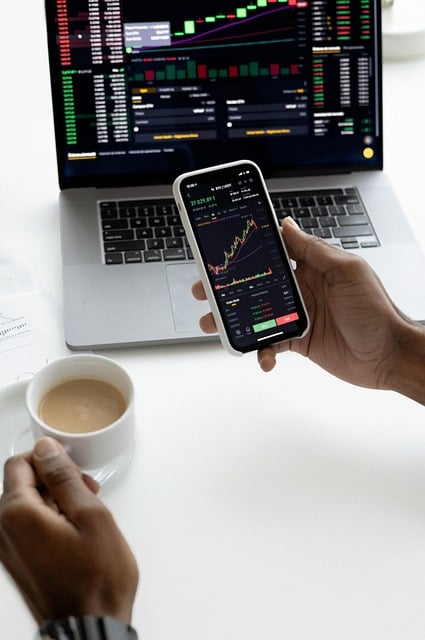The Comprehensive Landscape of Robot Trading: How Automation is Transforming Financial Markets
Robot trading, also known as algorithmic or automated trading, has evolved into a critical component of modern financial markets. With a surge in technological advancements and the availability of sophisticated algorithms, traders now have the option to deploy robotic systems that can execute trades on their behalf. In this article, we'll explore the intricacies of robot trading, discuss its benefits and challenges, and delve into its application in cryptocurrency markets where technologies marry traditional investment strategies with innovative methodologies.

Understanding Robot Trading
Robot trading involves the use of computer programs that analyze market conditions and execute trades automatically based on predefined criteria. These bots can perform trades faster than any human, process vast amounts of data, and remain emotionless during trading, which is arguably one of the most significant advantages over traditional trading.
How Do Trading Robots Work?
At the heart of robot trading lies complex algorithms that analyze various data points. These algorithms can assess price trends, market liquidity, and historical performance to determine when to buy or sell an asset. However, the effectiveness of a trading robot heavily relies on the underlying strategy coded into it.
- Algorithms parse and interpret market signals.
- Predefined trading strategies dictate the parameters for executing trades.
- Risk management features often get integrated into trading robots to mitigate losses.
Types of Trading Robots
Various types of trading robots cater to different trading strategies, including:
- Market Making Bots: These bots continuously buy and sell assets to profit from the spread between buying and selling prices.
- Trend Following Bots: These employ strategies that follow current price trends, buying in an uptrend and selling in a downtrend.
- Arbitrage Bots: These capitalize on price discrepancies between different exchanges.
Why Robot Trading? The Advantages
Speed and Efficiency
One of the primary reasons traders employ robots is their ability to make rapid decisions and execute orders within milliseconds. This speed gives traders a competitive edge, especially in fast-moving markets like cryptocurrencies.
Emotion-Free Trading
Human emotions can significantly impact trading decisions, often leading to irrational decisions during times of high volatility. Robot trading eliminates emotional biases, ensuring that trades are executed based solely on data and strategy.
Consistency and Backtesting
Robots can operate 24/7 and execute trades consistently based on their programming, offering a level of execution that is difficult for human traders to achieve. Moreover, traders can backtest their strategies using historical data, allowing them to tweak and optimize their approach before risking real capital.
Challenges and Risks of Robot Trading
Technical Failures
Just like any technology, trading robots can and do fail. A bug in the program could lead to unintended trading behaviors, resulting in significant financial losses. It is essential for traders to monitor their robots regularly and implement failsafe mechanisms.
Market Conditions
Robots perform well under specific market conditions. Sudden volatility or irregular market events can lead to poor performance, highlighting the need for adjustable strategies that can adapt to changing environments.

The Intersection of Robot Trading and Cryptocurrency
Cryptocurrency markets are particularly well-suited for robot trading due to their high volatility and the need for rapid response times. In recent years, many traders have turned to crypto trading bots as a way to leverage this often unpredictable trade environment.
The Rise of Crypto Trading Bots: Revolutionizing the Way We Trade
As noted in the article, The Rise of Crypto Trading Bots: Revolutionizing the Way We Trade, the demand for automated trading solutions has skyrocketed, making trading more accessible to the average investor. These bots have created new opportunities, democratizing access to trading skills that were once available only to professional traders.
How to Trade Crypto: A Comprehensive Guide to Cryptocurrency Trading
For the trader looking to dive into the world of crypto, the resource How to Trade Crypto: A Comprehensive Guide to Cryptocurrency Trading serves as a fantastic starting point. It provides insight into the myriad of strategies available, making it easier to adopt an automated trading system effectively.
Unlocking the Power of Telegram Crypto Signals
Similarly, the use of signals through platforms like Telegram can boost your trading strategies. The article Unlocking the Power of Telegram Crypto Signals discusses how integrating crypto signals can enhance the decision-making process for traders and improve the performance of their trading bots.
Conclusion: The Future of Robot Trading
Robot trading is not just a trend; it’s evolving into a necessity in today's fast-paced trading environment. With benefits like speed, consistency, and emotional detachment, it presents inherent advantages over human trading. However, it is essential to remain vigilant, be aware of potential challenges, and continuously refine trading strategies. Technology will continue its forward march, and those willing to embrace automation could find themselves at the forefront of a trading revolution.
Ultimately, whether you’re a novice exploring the world of crypto or an experienced trader looking to streamline executions, understanding robot trading will be crucial. Dive deeper into this evolving landscape, and you may just discover the keys to optimizing your trading success.